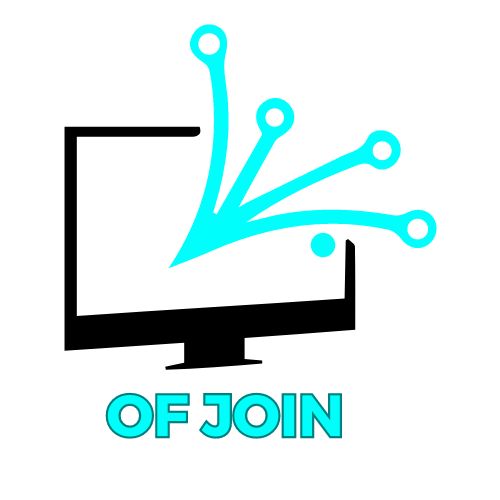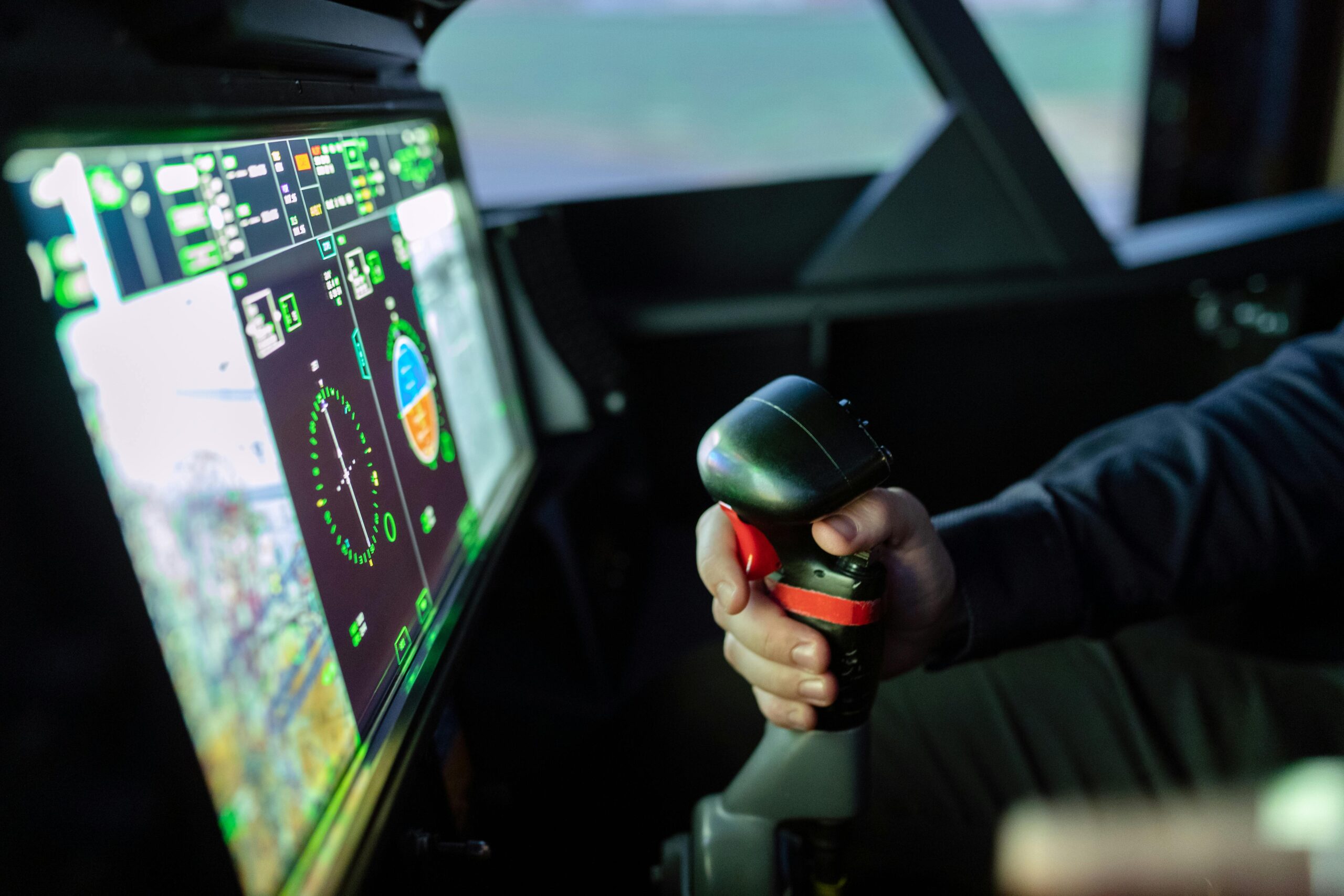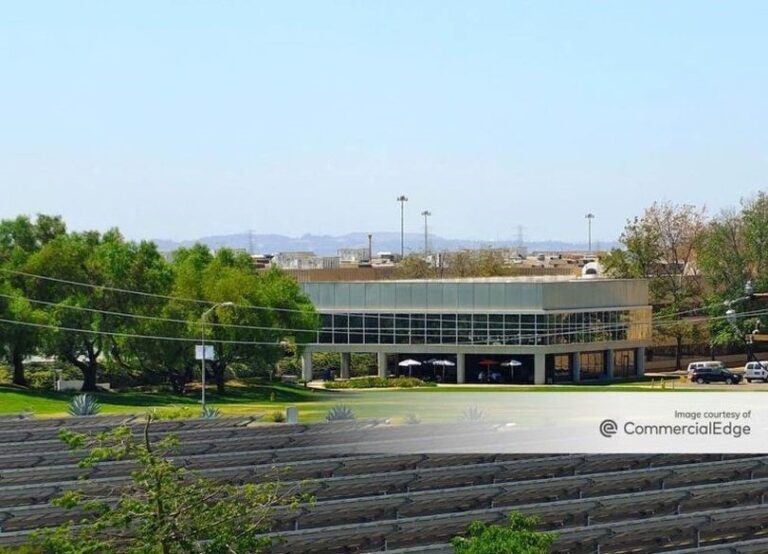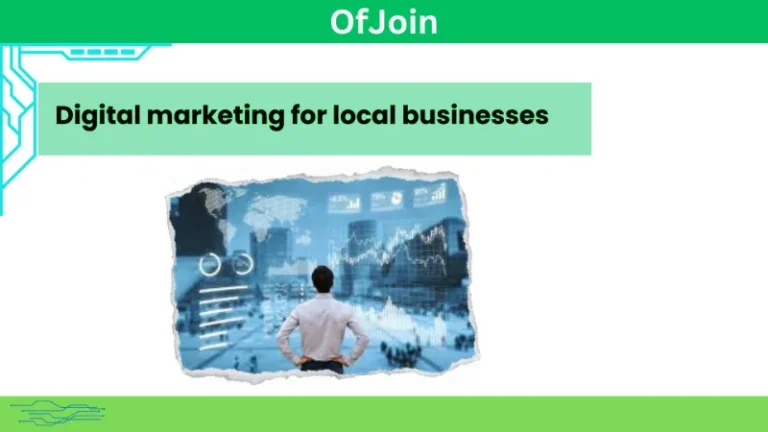Digital Twins and the Future of Simulation in Business
Imagine running a full-scale test of your business—your supply chain, your customer service model, or even an entire manufacturing facility—without ever touching a physical asset. Sounds futuristic? Thanks to digital twins, it’s already happening.
What Are Digital Twins?
A digital twin is a virtual replica of a physical object, process, or system. It’s not just a static model—it’s powered by real-time data from sensors, connected systems, and analytics engines. Think of it as a living, breathing simulation that mirrors the behavior, performance, and condition of its real-world counterpart.
Originally popularized in manufacturing and aerospace, digital twins are now spreading across industries. Businesses are using them to optimize operations, predict failures, test improvements, and save millions.
Why Are Digital Twins Gaining Momentum Now?
The concept isn’t entirely new, but what’s changed is the technology behind it. Advances in AI, cloud computing, IoT (Internet of Things), and big data analytics have made it easier—and cheaper—to gather, store, and process real-time data from physical environments.
In the past, only billion-dollar companies could afford such simulations. Now, even mid-size businesses can begin experimenting with digital twins to improve decision-making and future-proof operations.
Business Applications That Are Changing the Game
Digital twins are being used in more ways than most people realize:
- Manufacturing: By creating a digital version of a factory floor, businesses can identify bottlenecks, simulate changes to the production line, and forecast machine maintenance before a breakdown happens. The result? Lower downtime and higher productivity.
- Retail: Retailers are building digital twins of their stores to test product placements, lighting, and customer flow. This helps them create better in-store experiences and boost sales—without spending a dime on physical changes.
- Real Estate and Urban Planning: Architects and city planners are using digital twins of entire buildings and cities to simulate energy use, traffic patterns, and emergency scenarios.
- Healthcare: The idea of a “patient twin”—a model that simulates a person’s unique biology—is being explored to test treatment plans and predict outcomes.
- Logistics: Supply chain operations are one of the biggest benefactors. With a digital twin of a delivery network, businesses can respond quickly to disruptions like weather or shipping delays, rerouting shipments in real time.
Data: The Heart of the Twin
The real magic of digital twins comes from the data. Sensors in machinery, devices, and environments feed a constant stream of information to the model. This means the digital twin isn’t just a prediction tool—it’s a dynamic mirror of what’s happening in real time.
This data allows companies to test scenarios: What happens if demand spikes next month? What if a key supplier goes offline? What if we move inventory to a new warehouse? The digital twin runs simulations without risk, guiding better decisions in the real world.
The Benefits of Digital Twins
- Risk reduction: Test changes before making expensive or irreversible decisions.
- Increased efficiency: Identify inefficiencies in workflows or processes.
- Predictive maintenance: Prevent breakdowns by spotting early warning signs.
- Personalization: In customer-facing industries, digital twins help tailor offerings to individual needs.
- Sustainability: Simulations help companies identify ways to reduce energy use and waste.
Challenges to Consider
Of course, digital twins aren’t without hurdles. Data privacy and cybersecurity are major concerns—especially when the twin relies on sensitive operational or personal data. Additionally, the quality of the digital twin depends heavily on the accuracy of the data. Bad data in means bad insights out.
There’s also a learning curve. Implementing a digital twin strategy requires investment, training, and alignment across departments.
The Future Is Simulated—and Smarter
Digital twins represent the next frontier in business intelligence. As industries become more connected, the ability to mirror operations in a digital space will unlock insights we’ve never had access to before.
It’s not just about optimization—it’s about reimagining how businesses are run. From proactive maintenance to AI-driven strategy testing, digital twins will help companies evolve from reactive to predictive, and from informed to truly intelligent.
If you’re looking for a competitive edge in the next decade, start with the question: “What if we could test it before we tried it?” With digital twins, you can.







